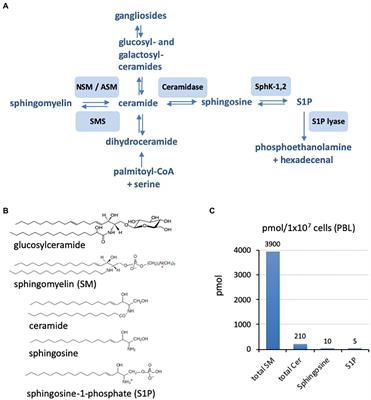EDITORIAL
Published on 28 Apr 2022
Editorial: Significance of Cellular Lipids for Viral Replication and Pathogenesis
doi 10.3389/fphys.2022.906205
- 949 views
9,528
Total downloads
31k
Total views and downloads
You will be redirected to our submission process.
EDITORIAL
Published on 28 Apr 2022
REVIEW
Published on 23 Mar 2022
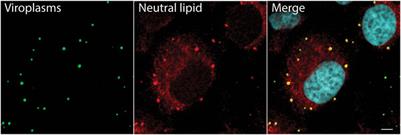
ORIGINAL RESEARCH
Published on 17 Mar 2022
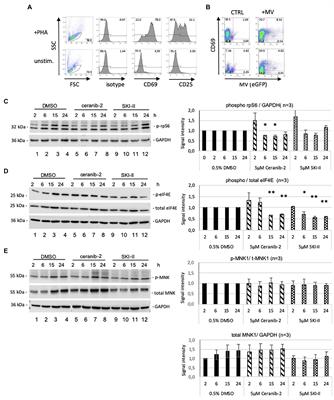
ORIGINAL RESEARCH
Published on 28 Jan 2022

MINI REVIEW
Published on 11 Nov 2021
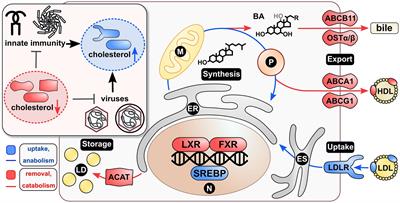
REVIEW
Published on 05 Nov 2021
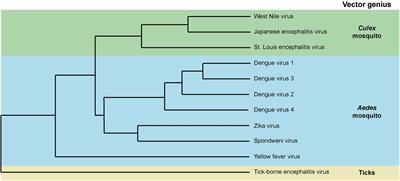
REVIEW
Published on 07 Oct 2021
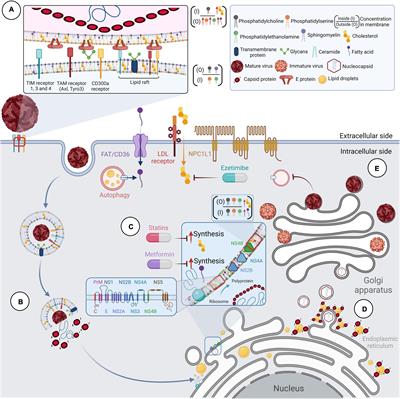
REVIEW
Published on 29 Sep 2021
